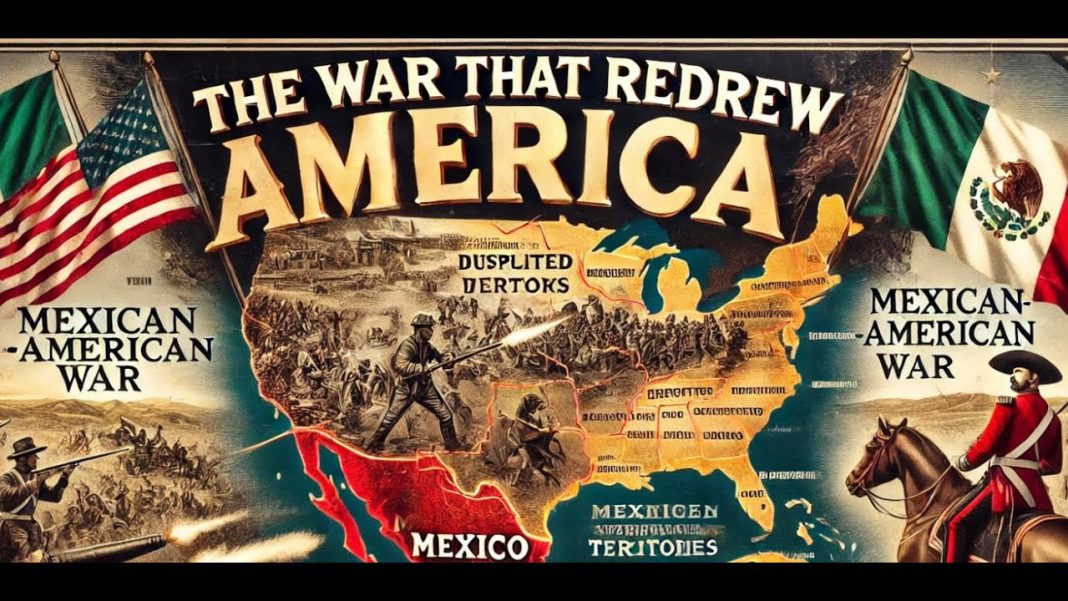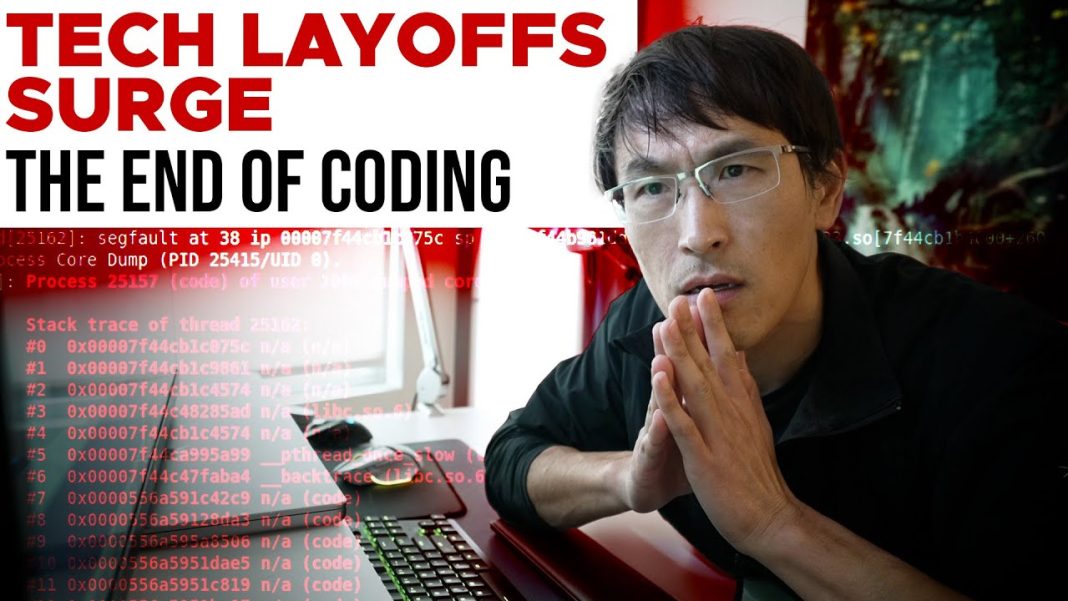
The sports media landscape is entering a period of relative calm after a flurry of long-term media rights deals signed by major college and professional sports leagues with US TV networks and streamers. However, the calm may be short-lived as the NFL’s potential opt-out decision in 2028-29 looms, which could dramatically alter the revenue generated by leagues and the entities paying for the rights. The NFL’s decision will not only influence the balance of power in media but also impact future NFL team valuations.
Experts in the industry caution against making any definitive predictions about the NFL’s opt-out decision, given the rapidly changing landscape of the media industry. Daniel Cohen, executive vice president of global media rights consulting at Octagon, emphasizes the uncertainty surrounding the future of media deals, stating, “Anyone telling you with any degree of certainty the NFL is going to opt out or not is bananas.”
The potential shift in media power and revenue generation for the NFL could result in the league ending deals with long-standing Sunday afternoon media providers like Fox and CBS in favor of streaming platforms such as Apple, Amazon, YouTube, or even Netflix. The transformation of the media industry, with mergers and acquisitions involving companies like Paramount Global and Netflix’s entry into live sports, could lead to a significantly different landscape of potential bidders for NFL games in the coming years.
Former CBS Sports President Neal Pilson points out that the NFL is its own marketplace, distinct from other leagues like the NBA. The popularity of the NFL and the value of its programming will continue to drive the market and determine the increase in rights deals. Pilson also suggests that new companies may emerge and merge to become competitive bidders, further adding to the uncertainty around future media rights deals.
The future escalation of sports media rights deals will also be influenced by the state of the pay TV bundle, which has been experiencing significant customer losses. Traditional TV still dominates viewership, but streaming platforms are gaining traction. The economics of the bundle, which has driven rights increases for decades, may change as streaming platforms struggle to turn a profit. The shift to streaming, combined with the financial power of Big Tech companies, could lead the NFL to view traditional broadcasting as outdated.
Shirin Malkani, co-chair of the sports industry group at Perkins Coie, warns about the potential consequences of relying solely on streaming platforms. If legacy media companies can no longer afford media rights, streamers will hold significant market power, potentially stifling valuations. Furthermore, the reach of broadcast networks, particularly in areas with limited internet access, has traditionally been a factor in the NFL’s valuation of media partners.
Recent long-term media rights deals have provided some certainty to the current media ecosystem. Leagues, media companies, and pay TV providers all benefit from the consistency of cash flow. However, experts advise against seeking exceptional deals in the current landscape, as the media industry will continue to evolve over the next six years. Holding onto a fair deal is the best approach, considering the ongoing changes in the industry.
In conclusion, the sports media rights landscape is currently experiencing a period of relative stability, but the future is uncertain. The NFL’s potential opt-out decision in 2028-29 could dramatically alter the revenue generated by leagues and reshape the media landscape. The shift to streaming and the emergence of new players in the industry may lead to significant changes in future media rights deals. The state of the pay TV bundle and the financial power of Big Tech companies will also impact the escalation of sports media rights. As the industry continues to evolve, holding onto fair deals may be the wisest strategy for leagues and media entities.


